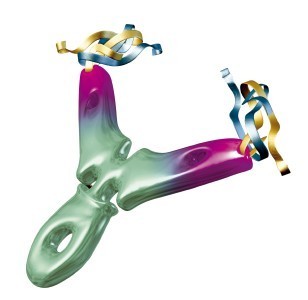The European Medicines Agency’s (EMA) Management Board unanimously adopted a new policy on the publication of clinical reports that underpin the decision-making on medicines. The policy will enter into force on 1 January 2015 and will apply to clinical reports supporting all applications for centralised marketing authorisations submitted after that date. Please see separate press release for further information.
Mid-year report: supporting the development of innovative medicines
The Management Board discussed the Agency’s mid-year report for 2014.
Innovative medicines hold the potential to bring significant benefits to patients. Supporting the development of such medicines is a priority for the Agency. In the first half of 2014, interaction and dialogue with medicines developers increased. The number of requests for scientific advice and protocol assistance increased by 16% compared to the same period last year.
The number of requests for joint scientific advice with health technology assessment (HTA) bodies has considerably increased (six in the first half of 2014 compared with one in the first half of 2013). HTA bodies provide recommendations on medicines that can be paid for or reimbursed by the healthcare system in a particular Member State.
The EMA has selected eight development programmes for in-depth discussion with the applicant as part of its adaptive licensing pilot project, which was launched in March 2014. The project is intended to explore the progressive licensing of medicines, a prospectively planned process, which starts with an early authorisation in a restricted patient population, followed by iterative phases of evidence gathering and adaptations of the marketing authorisation to expand access to the medicine for increasingly broader patient populations.
In the first half of 2014, the overall number of applications for marketing authorisationremained stable.
Steady increase in medicines for rare diseases
Bruno Sepodes, the Chair of the EMA’s Committee for Orphan Medicinal Products(COMP), highlighted the steady increase in the number of medicines authorised for the treatment of rare diseases. So far, 93 medicines are available for patients.
The number of requests for the orphan designation of medicines for rare diseases, a status which offers a range of incentives to companies developing these medicines, is also increasing. In 2014, the COMP expects more than 300 requests for orphan medicines designations, a 50% increase compared to 2013 and the highest figure since the creation of the Committee.
In September 2014, the EMA started a pilot project to involve patients in the assessment of the benefits and risks of medicines in the EMA’s Committee for Medicinal Products for Human Use (CHMP).
Since 2013, a formal Healthcare Professionals’ Working Party (HCPWP) has supported the participation of doctors, pharmacists and other healthcare professionals in the work of the EMA.
Continued focus on replacement, reduction and refinement of animal testing
The Management Board renewed for the second time the mandate of the joint ad hoc expert group on the application of the so-called 3Rs principles. This group aims to promote best practice in relation to the replacement, reduction and refinement of the use of animals in the tests required by regulatory authorities. The group comprises experts from working parties of both the Committee for Medicinal Products for Veterinary Use (CVMP) and the CHMP.
Among other activities, the group has worked on opening up a route for the approval of alternative testing methods by the EMA. A guideline describing this route and the key principles underlying regulatory acceptance was adopted by the CHMP and the CVMP in September 2014 and is available on the EMA website.
Via Krishan Maggon



 Your new post is loading...
Your new post is loading...










06/10/2014
EMA Management Board: highlights of October 2014 meetingFocus on publication of clinical reports, medicines for rare diseases and patient involvement
EMA’s policy on publication of clinical reports adopted